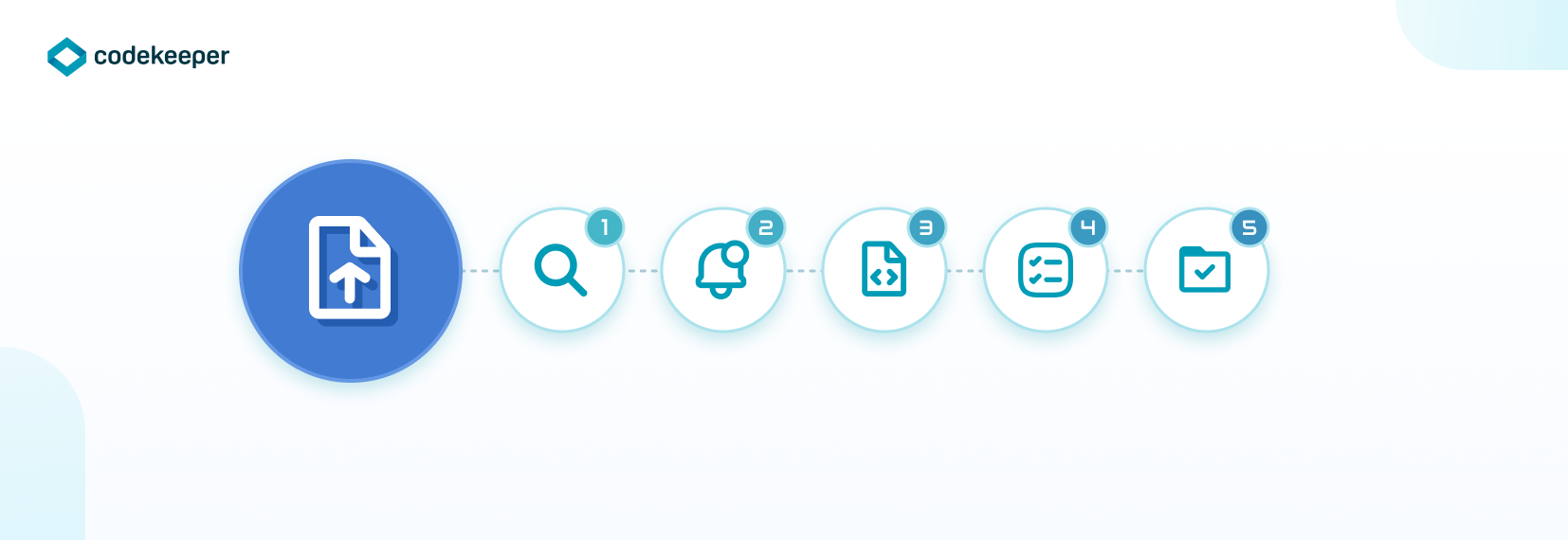Demystifying Software Escrow Release Triggers and Processes
Understanding software escrow release conditions may seem like a daunting task, but in this article we demystify how the process works.

By Jo Rust
Software escrow is a legal arrangement designed to protect both software vendors and end-users in case of unforeseen circumstances. When a release condition is triggered, the escrow agent (Codekeeper) is responsible for ensuring that the end-user receives access to the software's source code and related materials. This process can seem complex and daunting, but understanding its key components can help demystify it.
Step 1: Identifying and Validating the Release Condition
When an end-user believes a release condition has been met, they must first notify the escrow agent. Common release conditions include the software vendor's bankruptcy, insolvency, or failure to provide support and maintenance services as agreed upon in the contract. Codekeeper, as the escrow agent will then verify whether the release condition is valid and complies with the terms of the escrow agreement.
Step 2: Notification to the Software Vendor
Once the release condition is validated, we will inform the software vendor about the release request. The vendor is usually given a specified period to respond, challenge, or rectify the situation, depending on the terms of the escrow agreement. This period allows the software vendor the opportunity to resolve any issues before the source code is released to the end-user.
Step 3: Release of Source Code and Related Materials
If the software vendor fails to respond or address the release condition within the specified period, we then proceed with the release process. We transfer the source code and related materials, such as documentation, build instructions, and licenses, to the end-user.

Step 4: Source Code Compilation and Deployment
Upon receiving the source code and related materials, the end-user must compile and deploy the software. This process may require the assistance of technical experts who can ensure that the software is correctly built and implemented. In some cases, the escrow agreement may include provisions for the software vendor or a third party to provide technical support to the end-user during this process.
Step 5: Ongoing Maintenance and Support
After the source code has been successfully deployed, the end-user assumes responsibility for maintaining and supporting the software. This may involve fixing bugs, addressing security vulnerabilities, and implementing updates as needed. Depending on the terms of the software escrow agreement, the end-user may have the right to sublicense the source code to a third party for ongoing maintenance and support.
The software escrow release process is designed to protect the interests of both software vendors and end-users. Understanding the steps involved in this process can help demystify it and provide a sense of security for all parties involved. By identifying and validating release conditions, notifying the software vendor, releasing the source code and related materials, and ensuring proper compilation and deployment, the software escrow release process ensures that end-users have access to the software they rely on, even in the face of unforeseen circumstances.
Download our sample software escrow agreement to gain a better understanding of release conditions as set out in the agreement.




